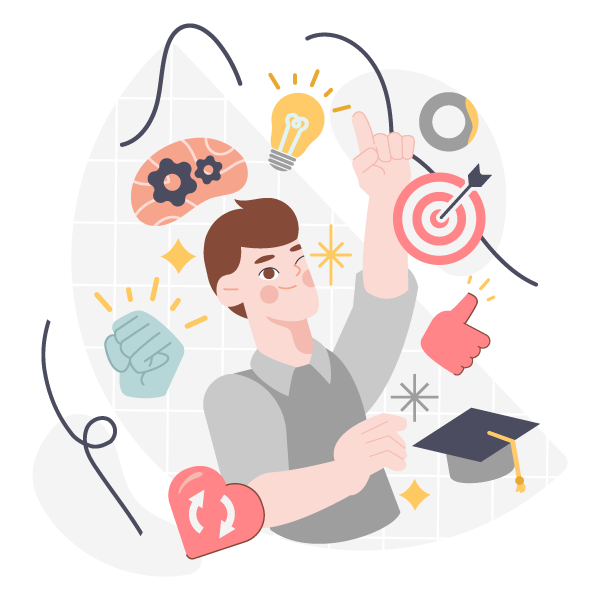For more information, check out our ebook here.
When planning eLearning solutions, it’s not only about the content, but how that content is delivered and received. And, in today’s fast-paced, tech-based society, just because the information is good doesn’t mean it’ll make a learner pay attention. It’s like serving filet mignon to a vegan: If they don’t want it, it doesn’t matter how perfectly it’s prepared.
Call it CADD: Content Attention Deficit Disorder. The sheer volume of content, information, and media being fed to the brain at any given time is astronomical, and it’s hard for the brain to stop and take notice of anyone stream of information. There’s always something new and better to which a learner can pay attention, so the cure for CADD might not be in the content itself, but how it’s broken up and connected.
The Unfocused Brain
Brains are hyper-efficient machines and are always looking for shortcuts. Think about the way you might scan an article for a specific paragraph, or choose the shortest YouTube tutorial video, for example. That’s because your brain naturally looks for ways to cut corners and reap the same amount of information in less time.
Unfortunately, while efficient, the constant need for shortcuts and cherry-picking information can lead to a serious lack of attention span. When you’re always looking for new information streams and the quickest way to learn, your brain gives you only a couple of seconds to focus before it’s on to the next one. Consider this: According to YouTube metrics, the average time it takes a user to shut off a video is between the 1:04 and 2:43 mark. Anything longer and the user’s brain weighs the importance of the information with the attention required to learn and usually deems it too long for its value.
The Microlearning Solution
It’s all too easy to consider CADD a disadvantage–even when your brain thinks it’s doing you a favor by finding shortcuts and skipping over long, boring datasets. But it might not be as disadvantageous as you’d think. In a technology-rich world that moves fast and doesn’t wait around, your brain needs to be able to absorb information quickly and move onto the next topic.
Microlearning chops information up in digestible pieces, but small bites of data aren’t enough to cure CADD. Instead, it’s the connection the user feels to the content that makes the biggest difference. When planning learning strategies, organizations must match the information value with the delivery system for the best results.
Whether it’s highlighting the benefits of mastering a certain topic or framing the information in a personal way, microlearning works best when the brain connects with the material and recognizes it as important. It weighs the value with the time it takes to learn and judges that the information is worth spending the time to learn: The cure for CADD.
Quite frankly, technology has irreparably damaged attention spans and they’re not coming back. Rather than lamenting the loss of the 30-minute video training session, it’s time to come up with a solution that doesn’t fight CADD, but rather utilizes it so that instead of looking for other avenues for learning, users find value in the few seconds of attention they do have.
Now, what’s next?






